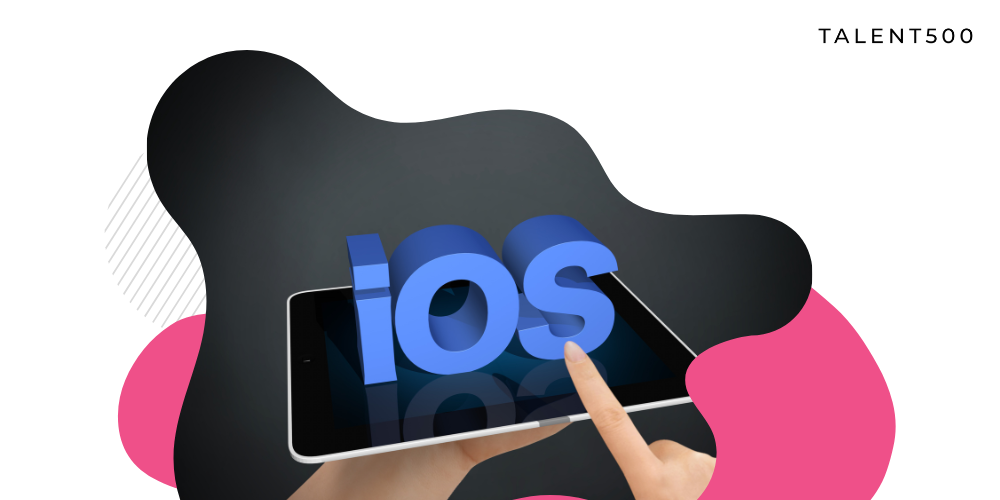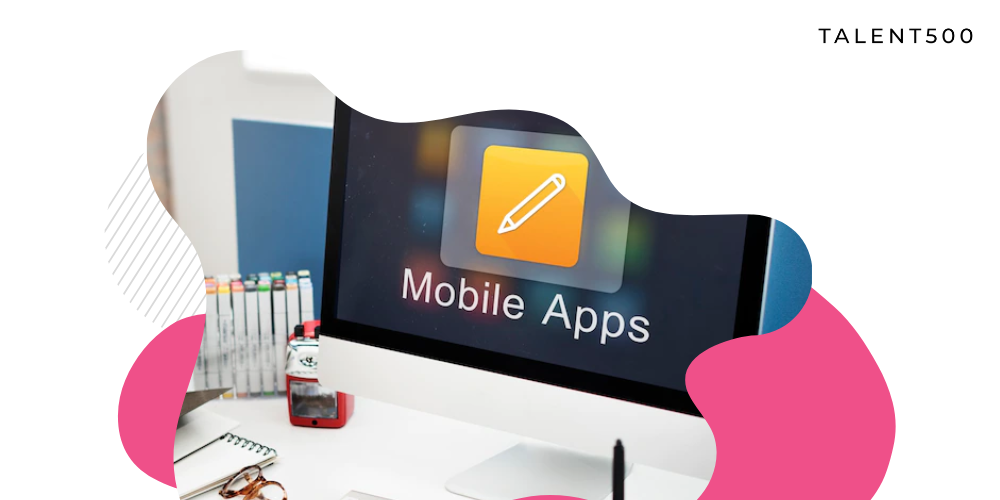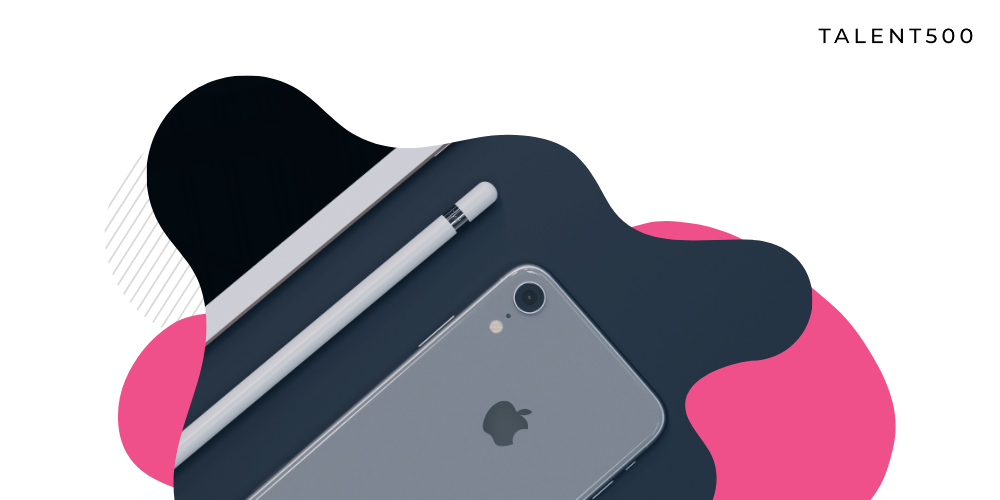After Android, iOS is the most popular mobile operating system. Since Apple launched iOS, its adoption has rapidly increased; today, over 2.22 million apps exist on the Apple App Store. The demand for an iOS developer is at an all-time high, and to make a successful career in the field, you should have some most in-demand skills.
The iOS development is increasingly becoming popular because of the demand for Apple devices. Also, the ease of app development, unified user interface, and high-profit potential of iOS apps attract more developers from all over.
This article lists the essential skills required to get employed as an iOS app developer.
1. Practical knowledge of Swift 3.0
Of all the object-oriented programming languages, Swift is the most popular. Developed by Apple, this iOS development programming language has a simple syntax and is much easy to use. Any proficient iOS developer should have practical knowledge of Swift 3.0. It is the programming language developers use to create apps for iOS, Mac OS, watchOS, and tvOS.
As a fast and stable iOS development language, Swift allows developers to create responsive and feature-rich applications much more quickly. You can learn this language easily as it is an open-source programming language with wide adoption in the industry.
2. Core Data
Core Data is an essential framework for any iOS developer to learn. It is used to create data-driven applications as it simplifies model objects’ management and relationships. When you use Core Data, you do not have to bother about routine tasks associated with object life-cycle and graph management. This framework also reduces the amount of code an iOS developer writes to support the model layer. Several applications make Core Data a critical skill, such as saving application data for offline use, adding undo functionality to an app, and caching temporary data.
Companies want to hire iOS developers who are well-versed in using Core Data to build applications that can easily sync across multiple devices. To produce quality customer-centric applications, you must be familiar with this framework.
3. Memory management
Every iOS application should make efficient use of hardware, most notably the memory available on the device. The structure of the iPhone or iPad’s primary short-term memory system is such that the device’s operating system dynamically allocates memory on the integrated RAM to store data temporarily. This is why iOS devices have high resource-constraint on memory. Any talented iOS developer should be able to manage memory effectively. As your apps will get only limited memory access from the system, you have to ensure that your app does not slow down or eventually crash. It would help if you were skilled in proper memory management to ensure that your apps do not cross the established per-process limit. It is one of the essential concepts in iOS development.
4. Spatial reasoning
The iOS development process is versatile, and you must consider the compatibility of your applications across iPhone, Apple Watch, or any new Apple device. The users must be able to interact with your applications on any device. You need to think in 3D and visualize the spiritual relationships between different objects.
As an iOS developer, you must understand the controls or inputs available for various Apple devices. Also, you must be aware of the limitations or restrictions of different iOS versions. As a frontend developer, you can quickly learn spatial reasoning through practice. Here is an excellent resource to understand the design process applicable to iOS development.
5. Experience in unit testing
Eventually, all apps must be tested for their functionality. It requires iOS developers to be familiar with unit testing. A practical and well-planned unit test is small, fast, and isolated. You must be able to design unique test cases that test one thing at a time. For instance, if you are working on a calculator app and added a feature to rewind up to the last ten operations, you might want to write a unit test to check this functionality.
You must not wait for the build of the entire code before testing for work. As early as you conduct unit testing of each feature, you can prevent bugs early on. Companies usually hire iOS developers with unit testing experience who can quickly test the validity and functionality of the applications they are working on.
Conclusion
iOS development gets more manageable if you are well acquainted with the above-listed skills. Companies prefer iOS developers proficient at everything-gathering client requirements, planning the app structure, and developing a scalable iOS app. We hope this article will help you start on the right track to becoming a more proficient and skilled iOS developer.
Talent500 is a global platform for iOS developers to explore career redefining opportunities with fast-growing start-ups and Fortune 500 companies. Sign up here to join our elite pool of iOS developers.





